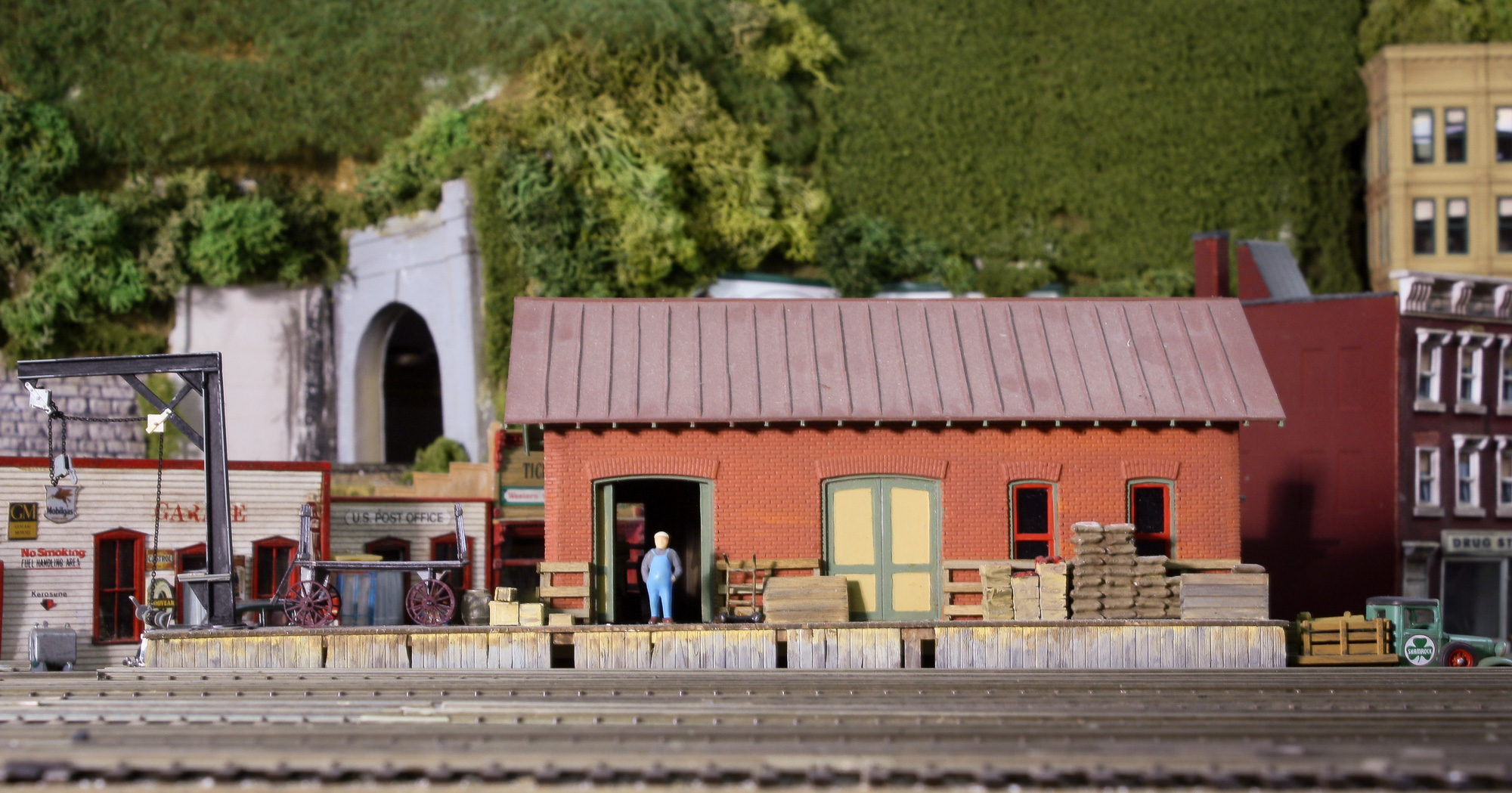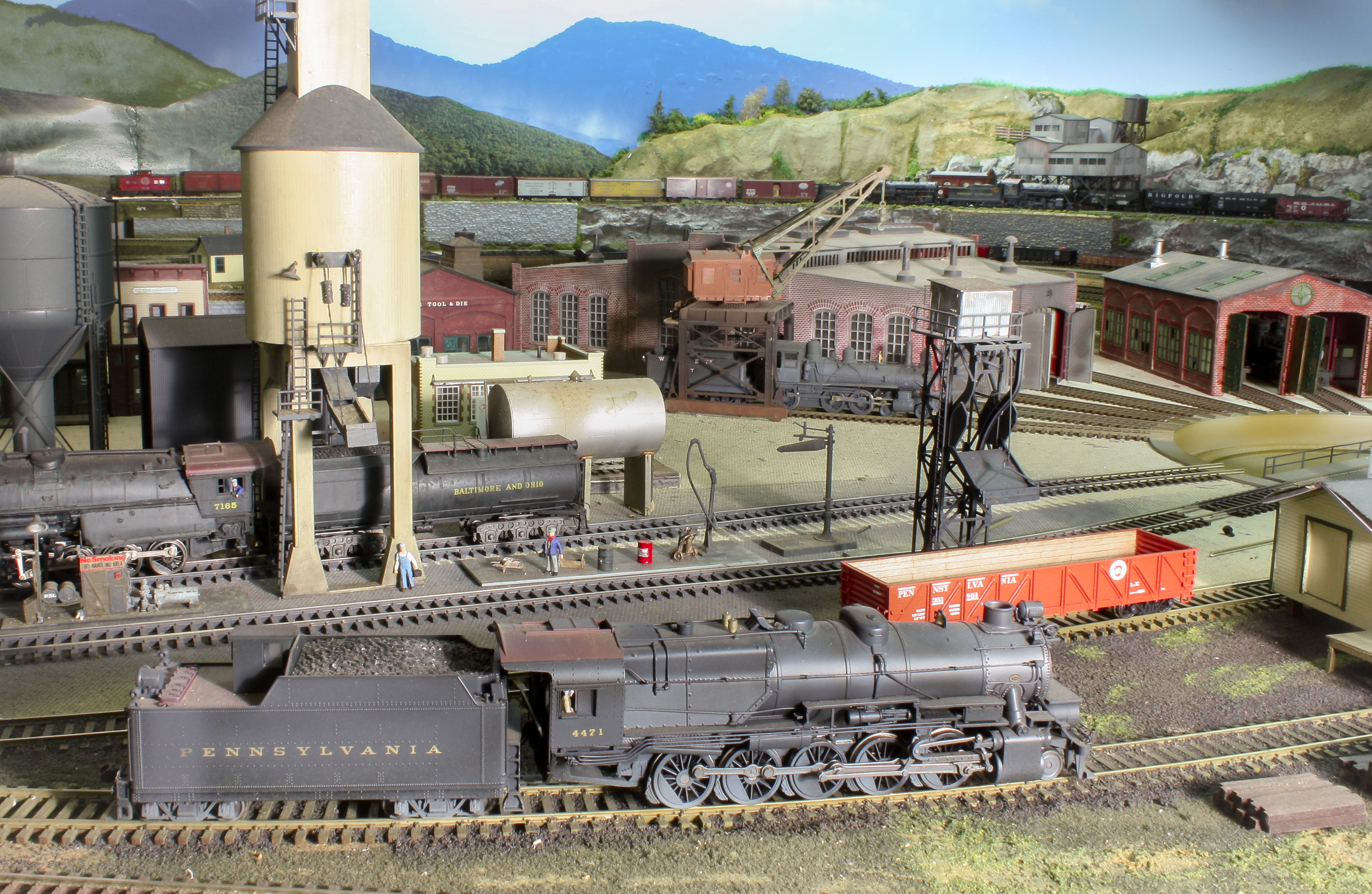
Never trust a man who doesn’t have a hobby, a female friend once told me. Thank goodness model railroading has been my hobby of choice for over 30 years – I must be very trustworthy.
Why do we enjoy this hobby so much? Forget the idea of the train set running under the Christmas tree or G-scale trains running around a sports bar ceiling. How do we explain our love for the hobby to inquiring minds at a barbecue or cocktail party? How do we convey our enjoyment of various aspects of the hobby: track installation and design, scenery and buildings, locomotives and rolling stock, electronics, simulating switching problems, creating a diorama depicting time and place, railroad research, history and documentation, and railroad art?
For me, the joy of model railroading is twofold.
- I get to recreate a world of transportation long gone by.
- I can create a complete transportation infrastructure in miniature.
We begin with a planning exercise – what do we want to see before our eyes – perhaps a train pulled by a steam locomotive trundling through the countryside as a period piece?
We strive to create a realistic depiction of time and place, as if we were standing on a station platform. What does our world of rail transportation look like in 1900, 1945 or 1970? In this process we find ourselves trying to understand what the physical world was like, especially the world of railroad work involving varieties of heavy machinery. It’s a way to travel back in time, historically and artistically.

Because of model railroading, I’ve can appreciate even more those who inhabited these neighborhoods and did these dirty and dangerous jobs to create the America we know today. By creating these worlds in miniature and giving thought to their complicated histories, we honor those who built industrial America.
